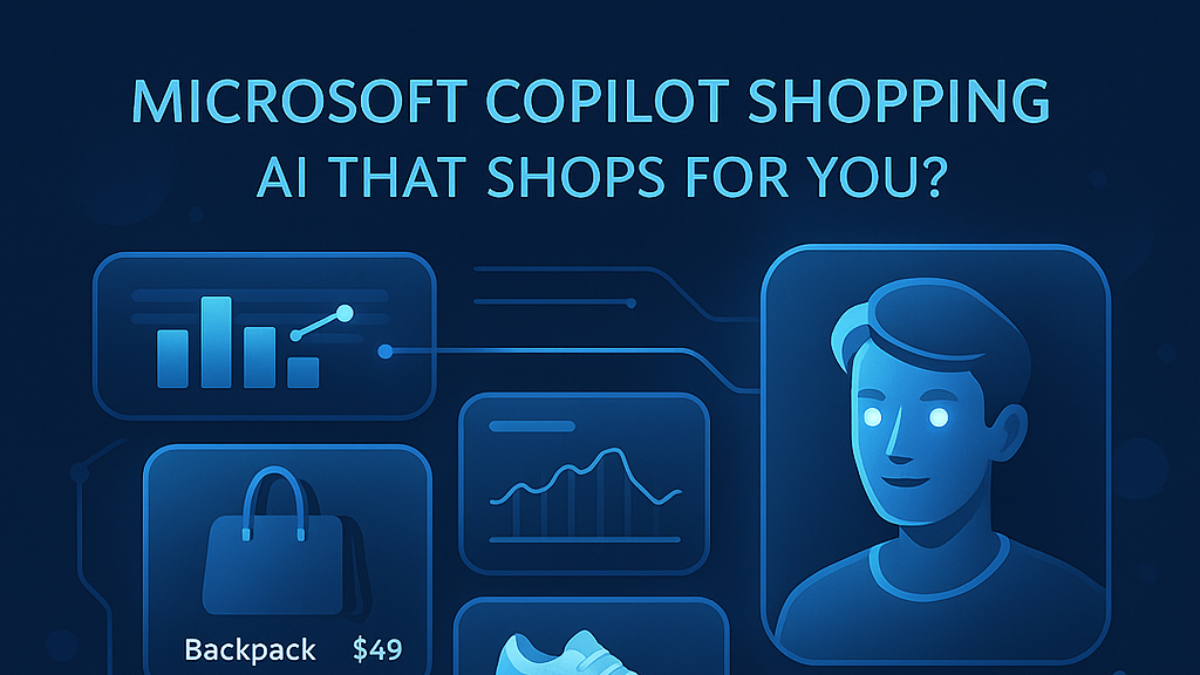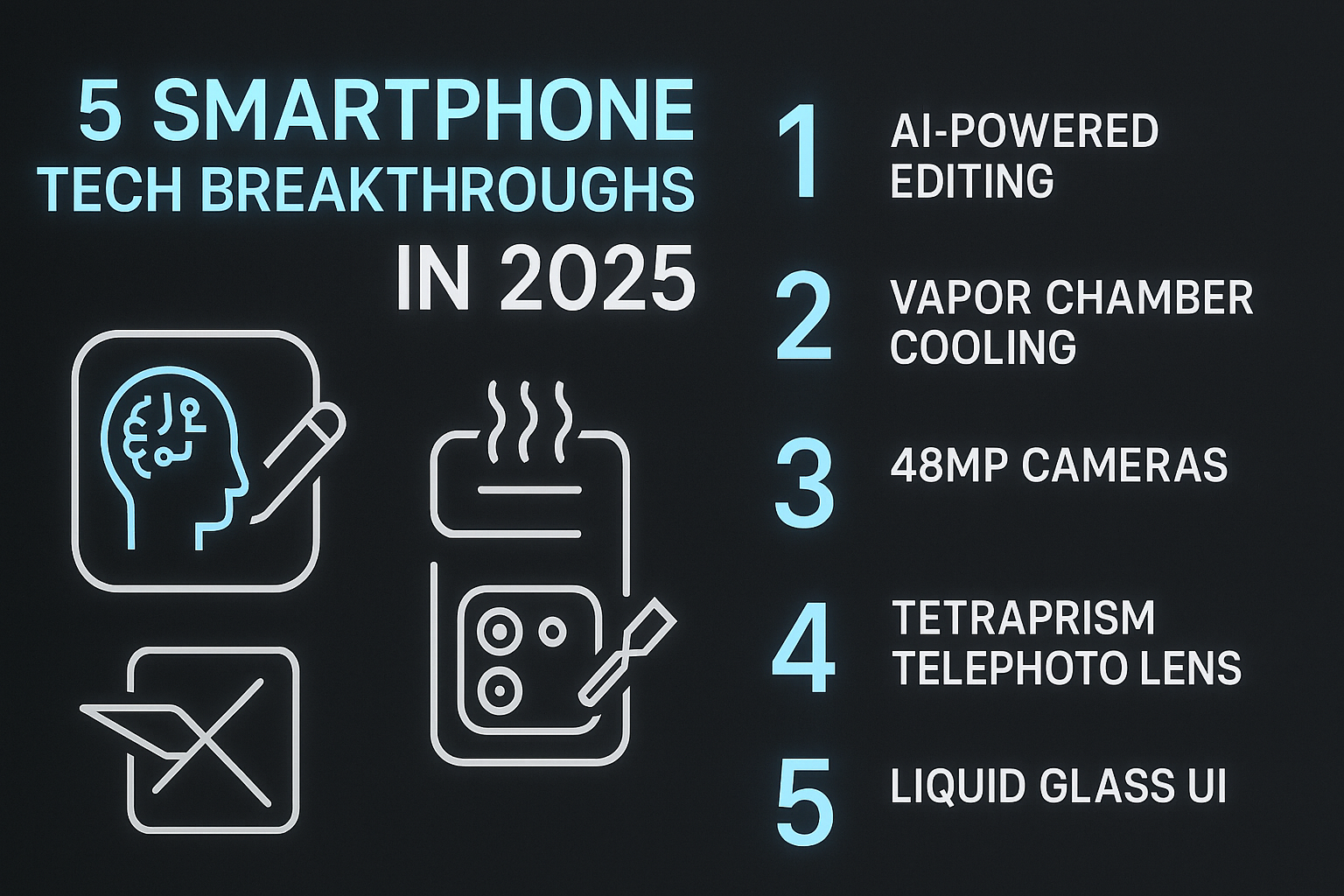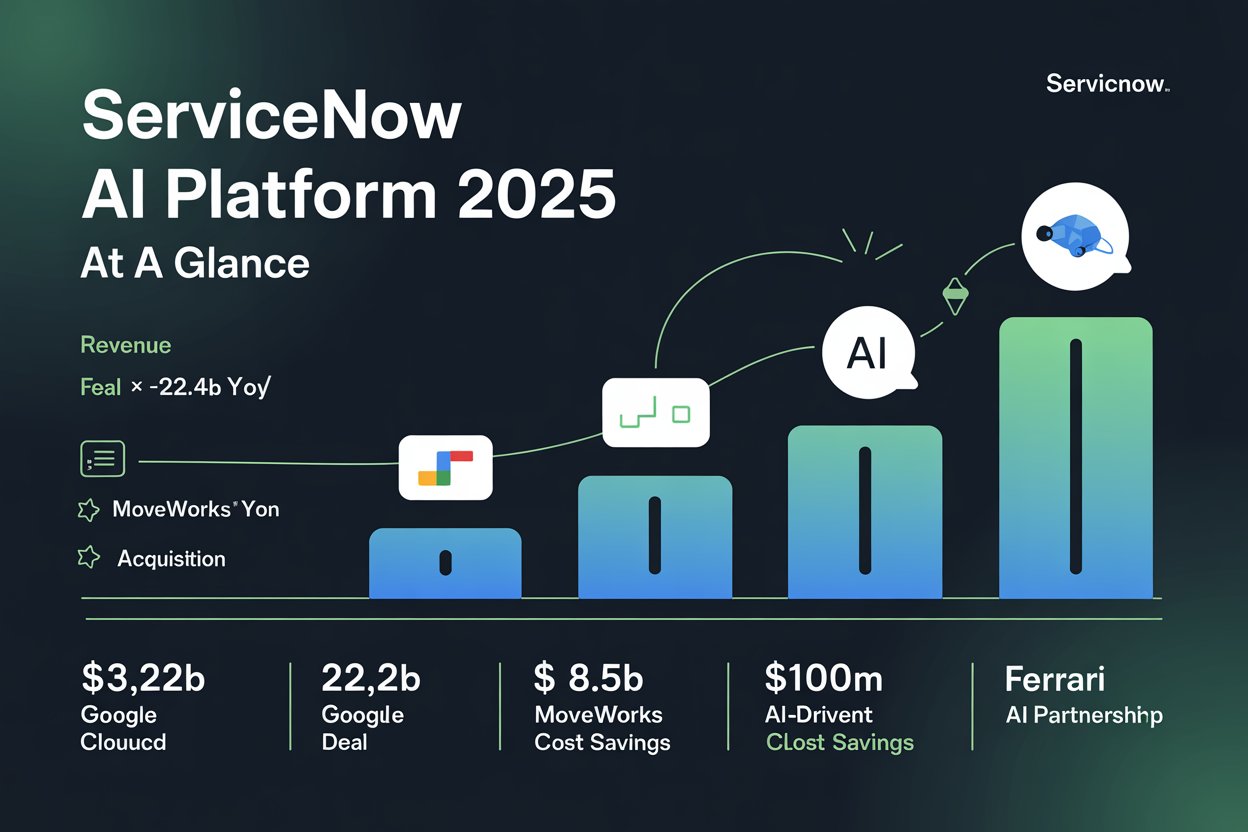Table of Contents
ToggleDefine Pwned: Massive Password Leak Exposes Billions Online
Imagine this: You’re logging into your email, and it says, “Password changed 3 hours ago.” You never changed it. Welcome to the digital nightmare of over 16 billion leaked credentials.
Billions of user accounts have been compromised in a data breach that broke all previous records, impacting companies like Apple, Facebook, and Google. You’re not the only one thinking, “Have I Been Pwned?”
This blog will define pwned, clarify methods to verify if your password has been exposed within data breaches, and offer comprehensive steps for recovery actions.
👉 Looking for ways to strengthen your digital security? Don’t miss our deep dive: How AI Is Changing Cybersecurity in 2025.
🔍 Define Pwned: What Does the Term Really Mean in Cybersecurity?
Before we define pwned, it’s important to understand where the term came from and why it matters in cybersecurity.
When experts define pwned, they usually refer to scenarios where personal data, especially login credentials, are exposed online through unauthorized access.
More often than not, if you are pwned, your email or credentials have been compromised in a data breach, and thus you are pwned. The slang term for owned, pwned, implies that some form of data bearing your value may be taken.
If indeed you are pwned, then social media account logins, banking details, emails, and a myriad of other personal data would be vulnerable to attackers.
👉 The term pwned gained popularity in hacker communities and now serves as a widely used cybersecurity warning, especially when personal data like emails or login credentials are exposed online.
⚠️What Indicators Suggest That I Have Suffered A Cyber Attack?
Here's how to determine whether your data was compromised:
- ✅ Go to HaveIBeenPwned.com
- 🔍 Enter your email address or phone number
- 🚨 Instantly see if you’ve been involved in a breach
Follow these steps to check if indeed your information has been compromised:
Many users who define pwned as simply “being hacked” miss the bigger picture — it’s often the result of credential exposure across multiple platforms.
Tools like HaveIBeenPwned help users not only detect leaks but also understand what it means to be pwned, especially if you’re trying to define pwned in practical terms.
✅Use Have I Been Pwned to verify breaches.
🔍 Input your email or phone number associated with the account.
🚨 Revealed instantaneously whether or not a specific breach affects you.
👉 This process helps you quickly identify if your credentials have been exposed—or pwned—in any of the recent data breaches.
| Breach of Data | Year | No. of Records Leaked | Key Platforms Affected | Breach Type |
|---|---|---|---|---|
| Facebook Leak | 2019 | 533 million | WhatsApp, Messenger, and Facebook | Personal info, phone numbers |
| RockYou2024 | 2024 | 10 billion | Various sites (email/password pairs) | Passwords in plaintext |
| MOAB (Mother of All Breaches) | 2024 | 26 billion | LinkedIn, Twitter, Weibo, Deezer | Combo of past breaches |
| Yahoo! Breach | 2013-14 | 3 billion | Flickr, Tumblr, and Yahoo Mail | Emails, passwords, birthdates |
| Ashley Madison | 2015 | 32 million | AshleyMadison.com | Emails, payment data, messages |
What to Do If Your Password Is Compromised
Once you’ve confirmed exposure, it’s not enough to just know you’ve been affected—you must act. To truly define pwned, one must experience both the breach and the urgent recovery actions that follow.
1. Modify Your Passwords
Change all of your passwords that are used again.
2. Turn on Two-Factor Authentication (2FA)
Even with your password, hackers are prevented by this additional layer.
3. Use a Password Manager
You can store and rotate secure credentials with the aid of programs like Bitwarden or 1Password.
4. Check for Malware on Your Device
Use antivirus software to remove infostealers silently harvesting your data.
🚫 Bonus Tip: Don’t store passwords in your browser—use a manager.
👉 If you’re unsure which password manager to choose, look for one that offers end-to-end encryption and open-source auditing, such as Bitwarden.
📈 Use These Tools to Stay Safe
Here are free and effective tools to check your exposure and boost your security:
🧩 Final Thought
In today’s digital world, it’s not a matter of “if” your data is compromised—it’s “when.” Being proactive, staying alert, and securing your accounts can save you from identity theft, financial loss, or worse.
So, check now:
➡️ Go to HaveIBeenPwned.com
➡️ Change weak or reused passwords
➡️ Stay one step ahead of hackers
Because being pwned isn’t just a term — it’s a threat to your digital life.








6 thoughts on “Pwned’ Meaning: Check If Your Password Is Already Leaked”